CompareGuru Financial Services is an authorised financial services provider FSP. 47696
Volkswagen has enjoyed an exceptional start to 2018. They have surpassed sales expectations, AND celebrating the 40th anniversary of the Golf in South Africa.
Back in the 70’s, few people could have predicted how popular the VW Golf would eventually become. 2018 marks the 40 year anniversary of the Volkswagen Golf arriving in South Africa. Way back in 1978, the Golf MK1 arrived on our shores four years after being launched in Europe. The MK1 was heralded as the successor to one of the most popular cars in history – the Beetle.
Production on the MK1 began in Uitenhage, churning out 65 cars a day. It was priced at only R3 985. In only three years, the factory had produced over 100 000 units.
With VW shifting focus over to the Polo and Polo Vivo in recent years, production of the Golf in South Africa finally ceased in 2008. The car still remains popular to this day, though, and the most recent model – imported – holds a segment share of 35%.
Volkswagen continues to grow. The brand knows what motorists want. This year, VW delivered 3.12 million vehicles in the first six months – an increase of 6.3% compared to the same period of 2017.
Let’s have a look at what has made VW such a success.
Volkswagen Enjoys A Successful Year In Europe
This year, VW has seen its greatest growth in Europe. Western Europa increased sales by 8.3% compared to last year and Central and Eastern Europe by a staggering 11.3%.
In its home market of Germany – sales increased by 7.4%. 55 200 vehicles were sold to German customers. In Germany, even the top five highest vehicle registrations in May all belonged to Volkswagen models.
Deliveries to Russia saw monstrous growth – 21.4% higher than last year – with 8 900 units (mostly Polo) sold in the first six months.
In total, 187 300 VW vehicles made their way to European customers – 14.5% more than in June last year. Much of this is due to Swedish development – with the market given a massive boost as a result of the new bonus-malus system for vehicle taxation. This system, which came into effect on 1 July, taxes buyers of new vehicles according to the level of emissions that vehicle produces. So, new green vehicles with low emissions of carbon dioxide will qualify for a bonus at purchase, and new vehicles with high emissions of carbon dioxide will be taxed at a higher rate for the first three years.
VW produces a wide range of green vehicles, including models in the Up, Passat, Golf and e-Golf ranges.
With the switch over to the Worldwide Harmonised Light Vehicle Test Procedure (WLTP) in Europe, however, we may see delays in certain model lines and the second half of the year will certainly be more challenging.
Popular Models
Since the market launch of the T-Roc model, over 100 000 orders have been placed in Europe alone. The T-Roc, as well as the Polo NF, are in huge demand in Austria. The new Polo, of course, hasn’t disappointed. Even in South Africa, the Polo is the most popular car on the road.
Demand for the Golf and the Tiguan Allspace also remains high, particularly in the UK.
North America was one of the only markets to see figures drop, if only slightly by 0.7%. Mexico, for one, has seen a declining market. In the USA, however, sales were boosted by the current SUV craze. VW offers the likes of the Tiguan and Atlas in the SUV segment. Deliveries rose by 5.7%, with 28 900 vehicles sold.
The brand fared better in South America, with 38 900 vehicles sold. 27 400 of those were sold in South America’s largest VW market, Brazil. Compared to last year, that’s an increase of 27.9%, making VW the second most successful car manufacturer in Brazil.
Of the South American performance, Volkswagen Brand Board Member for Sales, Jürgen Stackmann, said:
We can look back on a successful first half year. The fact that the Volkswagen brand grew 20% in Brazil is worthy of special mention
In China, VW delivered a total of 228 500 vehicles – on par with the previous year. The Lavida model, based on the new MQB, proved one of the most popular – with 40 800 units sold in June.
In South Africa, Volkswagen's dynamic duo, the Polo and Polo Vivo, once again topped the 2018 sales charts. Both new generations of Polos were launched earlier this year. They immediately rose to the top of the local passenger vehicle sales market, beaten only by the indestructible Toyota Hilux.


